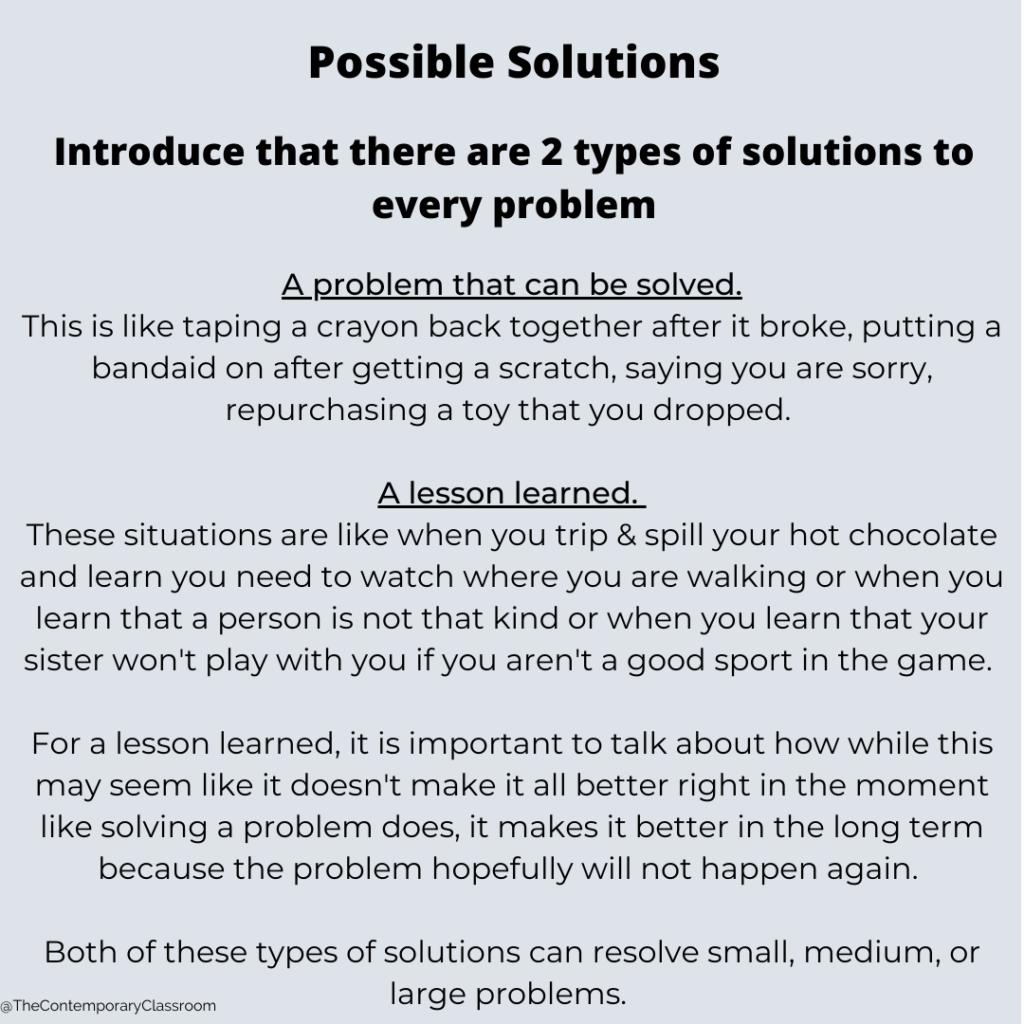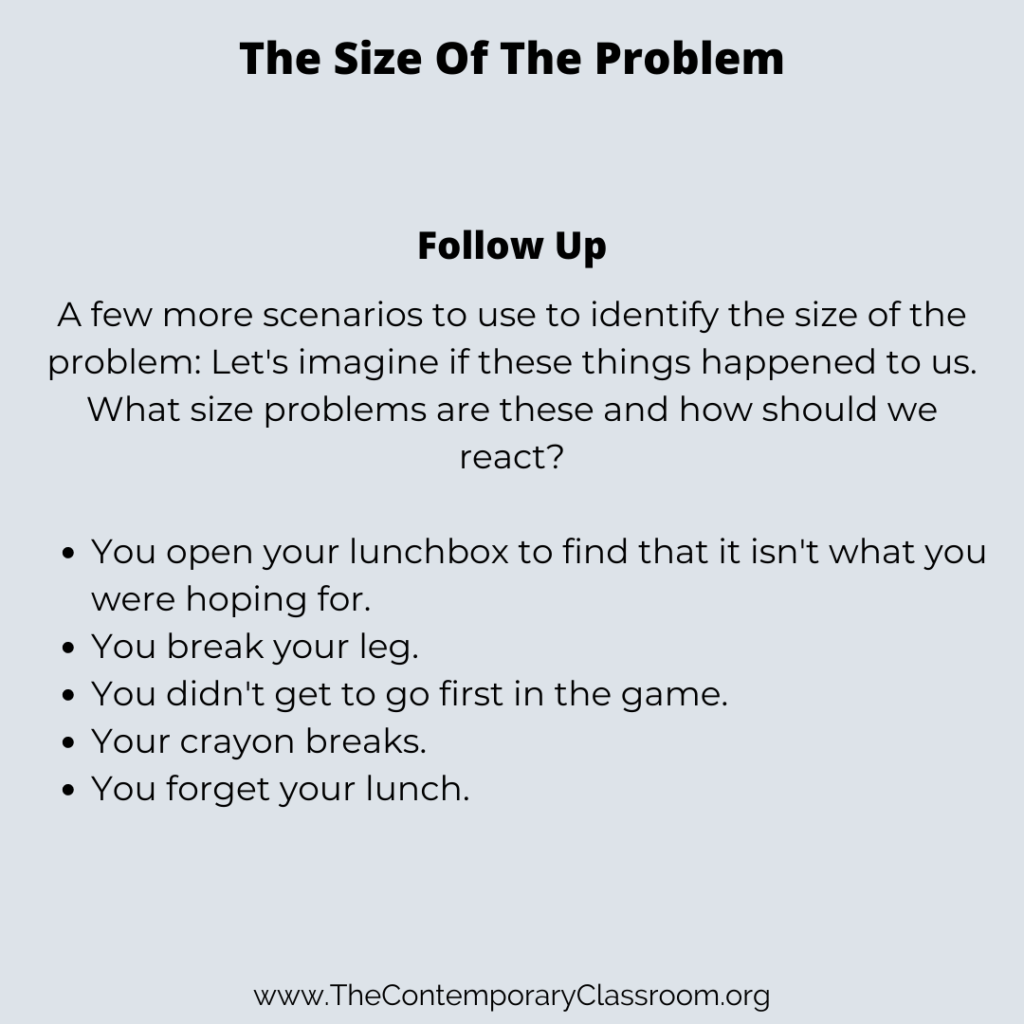A HUB FOR LEARNING AND EDUCATION
Teaching kids perspective is vital in helping with managing disproportionate reactions such as a child screaming “I WANTED THE GREEN CUP” while uncontrollably crying or crinkling all the cards up and name calling after losing a game of Go Fish.
These are small problems where the response is a disproportionally big reaction.
Below, we walk you through, step-by-step, how child development experts handle these situations.


These exercises are meant to be a resource the develops a child’s ability to critically think about problems they face. It is important to teach them this critical thinking skill during a time when they are not in their big feelings. This will allow them to think through their problem when it arises to help them either avoid big feelings or more quickly get out of that big sad or angry feeling.



During this step, feel free to use the below examples or your own. It’s helpful to start with a situation that the child easily copes with already. The goal is they will easily be able to identify that problem as a “small problem.”
Next, choose another hypothetical question that may be more challenging to identify. It’s helpful if this isn’t necessarily a problem the child has experienced but is a kid type problem they could experience. This will help the child not feel concerned that this conversation is targeting or attacking them personally. By keeping things holistic, the child is able to openly talk about the situations. Use 2-4 of these types of questions.
Finally, if there’s a situation the child is struggling with, use that as another exercise example. Talk through the situation and guiding the child to identify what type of problem it is.




Sometimes, a child will say “oh, that’s a huge problem! I’ve had that happen!” This is often because it’s something they are struggling to manage their emotion with and their emotion is super strong. If you know it is actually not a huge problem, it is helpful to frame the situation with guiding questions such as “well, let’s see, a huge problem results in having to go to the hospital or something that can never ever be fixed. Is that true of this problem? How?”
Occasionally, you may have to end the conversation with “I know it feels huge to you but when we compared it to other big problems we knew, it actually wasn’t a big problem. It’s a small or medium problem and people in the world fix that problem in this way…… Then follow that up with: So, now you tell me, when this problem happens, how do most people in the world fix it?”
1st: make sure you are calm & relaxed when helping them cope.
2nd: have them explain what happened.
3rd: ask them to identify the size of that problem
4th: ask them to talk about how this problem can be solved
First, this is totally normal. We all still have problems that arise that are challenging for us to cope with. They just get more intricate the older we get – relationship dynamics, job dynamics, homework becomes more rigorous, our responsibilities increase, etc.
Whether the child is struggling with more complex problems or the same complex problems they’ve been struggling with, repeat these type of conversations and exercises with a few more follow up scenarios. Just make sure the scenarios are the same complexity as the ones they are struggling with in real life. Repeating this conversation will help reinforce this skill and give the child an opportunity to practice the skill when they are relaxed and calm. The more practice, the stronger their ability to cope with get.

The Contemporary Classroom is a hub for learning & education. This is a place filled with conversations about education & child development and opportunities that foster learning.